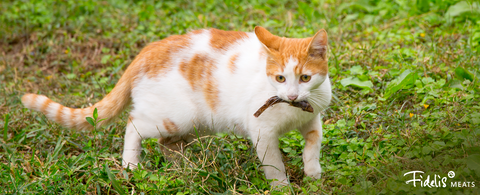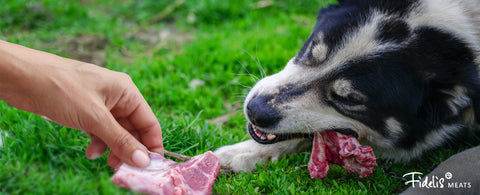|
Training your dog stimulates their mind and keeps them mentally and physically exercised, which is essential for good cognitive and physical health. To facilitate training, dog treats are used as a form of positive reinforcement that increases the likelihood of your dog performing an action correctly on command. However, overconsumption of treats can lead to obesity in dogs, nutrient imbalances, and other health problems in the long run. Although dog treats are important for training, you must be mindful of the number of treats you’re feeding your dog every day. How Much Dog Treats Can I Give My Dog? Treats should only make up 10% of your dog’s daily caloric intake. Therefore, counting the calories your dog needs and allocating its meals accordingly is essential. For example, if your dog needs to consume 500 calories per day, only 50 calories should come from treats. The remaining 450 calories must be derived from your dog’s normal meals to ensure nutrient balance. As long as the treats given remain within the 10% range, restricting to low-calorie treats is unnecessary. Determining the number of calories your dog requires per day involves some maths. You can use the formula below to calculate your dog’s resting energy requirements, which is also the minimum amount of calories your dog needs to function without exercise. (Body weight in kilograms x 30) + 70 = Amount of calories to feed your dog Based on this formula, a 5 kg dog will need 220 calories daily to function, which means you should only feed your dog 22 calories of dog treats per day. Bigger dogs will require more calories and will therefore be allowed to consume more treats. If your dog is highly active, multiply the daily calorie intake by 2.0 to 5.0 to get the amount of calories your dog needs daily, depending on its exercise level. This will supply your dog with the energy it needs to play and exercise. What Treats Should You Give Your Dog? There are many types of treats available, from highly processed jerky to frozen vegetables. Based on your dog’s preference, healthier alternatives may be good substitutes. The fewer calories in each treat, the more you can give your dog without exceeding the 10% limit.
A balanced diet is essential for your dogs to live a long and healthy life. Aside from providing appropriate dog treats and limiting their daily calorie intake, it is critical to supply them with the most nutritious food for their daily meals. Fidelis Meat is Singapore's first butchery dedicated to pets. From raw dog food to frozen dog treats, grab your pet food online with us to ensure that your dog gets a healthy diet. |



